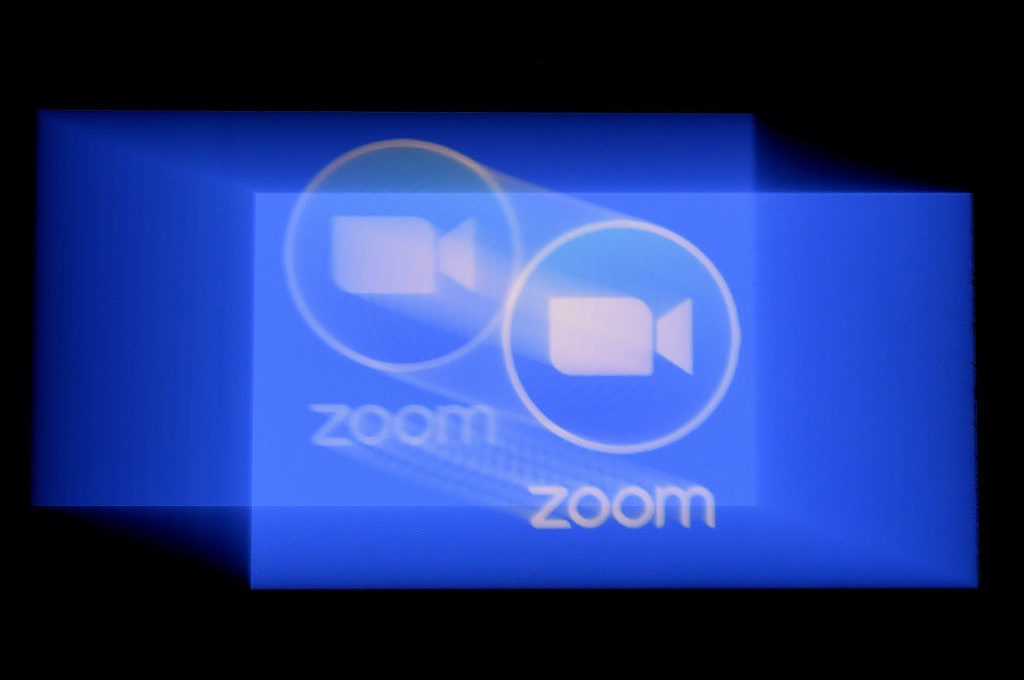Having grown up in a family business, my earliest exposure to corporate life was often baffling. I remember the first time I presented some work in a client’s office 30 years ago. He suggested some small edits, and asked that they be enacted before he presented the work to his superior, who was called Dave. ‘I’ve got a window in Dave’s diary next Wednesday to present the work on up to him, so I’d like to have the changes made by then.’
Fair enough, I thought. Perhaps Dave was flying in from Chicago. Or maybe Dave was a highly elusive figure who only appeared in the building on Wednesdays during the hours of darkness. We agreed to the changes and I left his office. There was another, almost identical office next door and a man was sitting in it alone staring absentmindedly at a screen. On the door was a nameplate which read ‘Dave’.
‘Eh? Wouldn’t it have made more sense to present to both people simultaneously?’ I asked my older, wiser colleague. ‘That would save a week and avoid having one person’s comments contradict the other’s,’ she sighed. Clearly she was more versed in the world of corporate etiquette than I was. ‘I know, but it never works like that.’
We often associate bureaucracy with the public sector, or Soviet communism, but it is everywhere. It often emerges unintentionally because any process is typically designed from an organization’s perspective. Yet what seems efficient to an organization may be infuriating to an outsider. Think of the last time you bought a house: even if your surveyor, lawyer and realtor are all perfectly industrious, the process is torturous. Each is always waiting for another to do something. If one of them goes on vacation for a week, everything stops.
***
Get a print and digital subscription to The Spectator.
Try a month free, then just $7.99 a month
***
All it takes for a bureaucracy to form is the requirement for two people not in the same place at the same time to ratify a decision. Hence the invention of paper-created bureaucracy. But IT allows you to take it to amazing new heights. In many ways, the IT industry has revived a Soviet-era delusion of command and control in the private sector. It sells itself to managers by peddling the self-serving delusion that if only administrators had access to enough information, they could essentially govern everything centrally with perfect results while making everyone else dispensable. Fat chance.
Given the waste caused by sequential decision-making, I strongly suspect that the wider adoption of video-calling will be more beneficial than most people predict. It speeds things up by enabling a group of people, regardless of place, to make decisions in parallel rather than in series. Previously all organizations were peculiarly bipolar in their behavior: you either spent your time shunting memos around or you went to the other extreme and got on a train or plane. There was nothing in between. The real way to judge the value of video-calling is not by comparing it to physical meetings; indeed most of your video meetings would never have taken place in the real world anyway. Instead, a better comparison is to email — so as to measure the speed of action possible when decision-making happens in parallel, not in series.
If you don’t believe that email is essentially paper-pushing on steroids, consider this. How often in the course of a day do you click ‘Reply’ or ‘Forward’ or ‘Delete’? And how often do you click ‘Compose’ — and instigate something new? Most people I’ve asked put the ratio at about 40:1. Any email trail more than two days old should probably have been a conversation to begin with.
This article was originally published in The Spectator’s UK magazine. Subscribe to the US edition here.
























